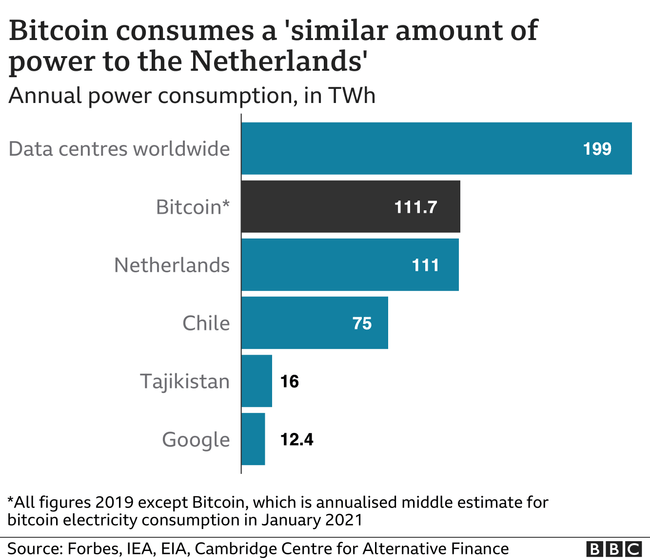Boring crypto definitions
We do tech a disservice when we over-hype it. After all, as Clay Shirky said, things get socially interesting when they become technologically boring.
My aim in defining some terms used in crypto in ‘boring’ ways, therefore, isn’t to dismiss them but to help people consider how they may be used practically in their sector. Magical thinking helps precisely no-one.
Blockchain — an append-only database stored on multiple computers.
Cryptography — using technology to try and stop third parties reading and/or modifying data.
DAO (Decentralised Autonomous Organisation) — an organisation (but not an ‘organisation’) without a currently well-defined legal status using blockchain and smart contracts to automatically process votes made by people who hold the right tokens.
Dapps (Decentralised Applications) — apps built on a blockchain using smart contracts to perform actions.
DIDs (Decentralised Identifers) — ways of identifying things in a verifiable way using cryptography, usually using a blockchain.
NFT (Non Fungible Token) — a token that can be verified using cryptography to prove that it is unique and therefore scarce and subject to property rights.
Self-sovereign identity — a method of identifying people using DIDs that they themselves control.
Smart contract — rules defined by code that are run on a blockchain.
Token — a digital asset which can be used for money, voting rights, or pretty much anything else.
Wallet — a place to store tokens.
Web3 — a way for people to refer to all of the above in a less-confusing way. Basically putting everything on some form of blockchain.
There are obviously a lot more terms, but these are the ones I think most people would benefit from learning and being able to discuss dispassionately. For more terminology, the Learn Crypto glossary is a good place to start, followed by Alexandria from CoinMarketCap.

